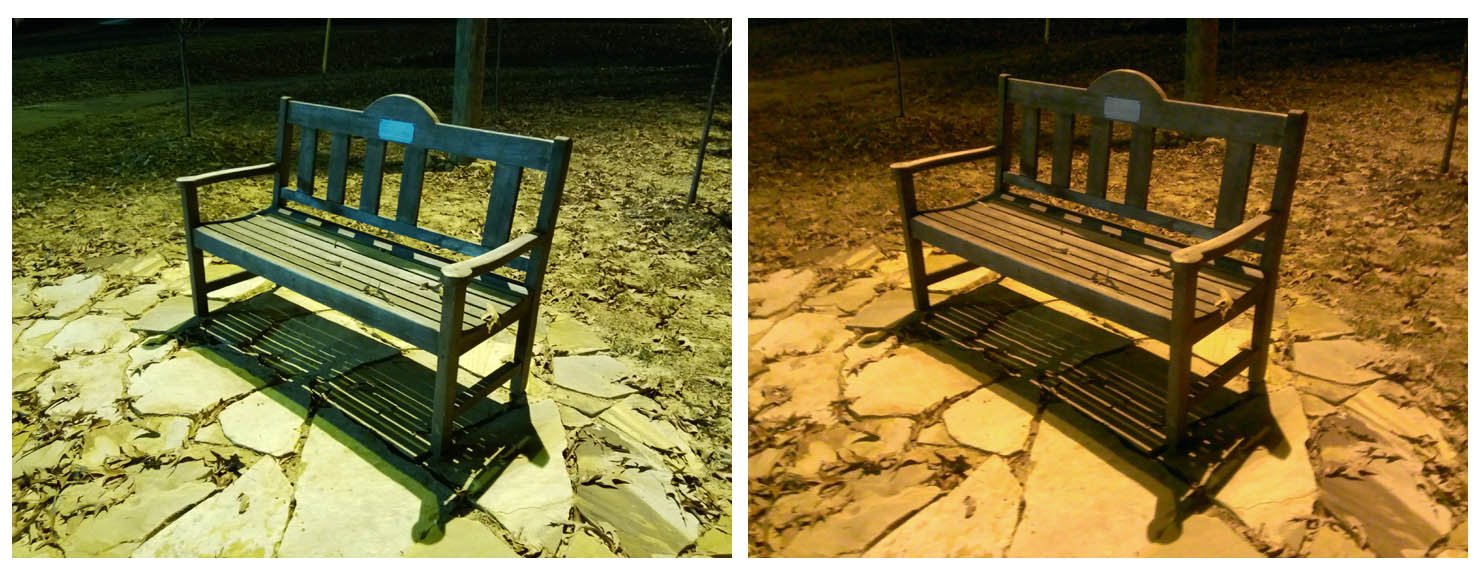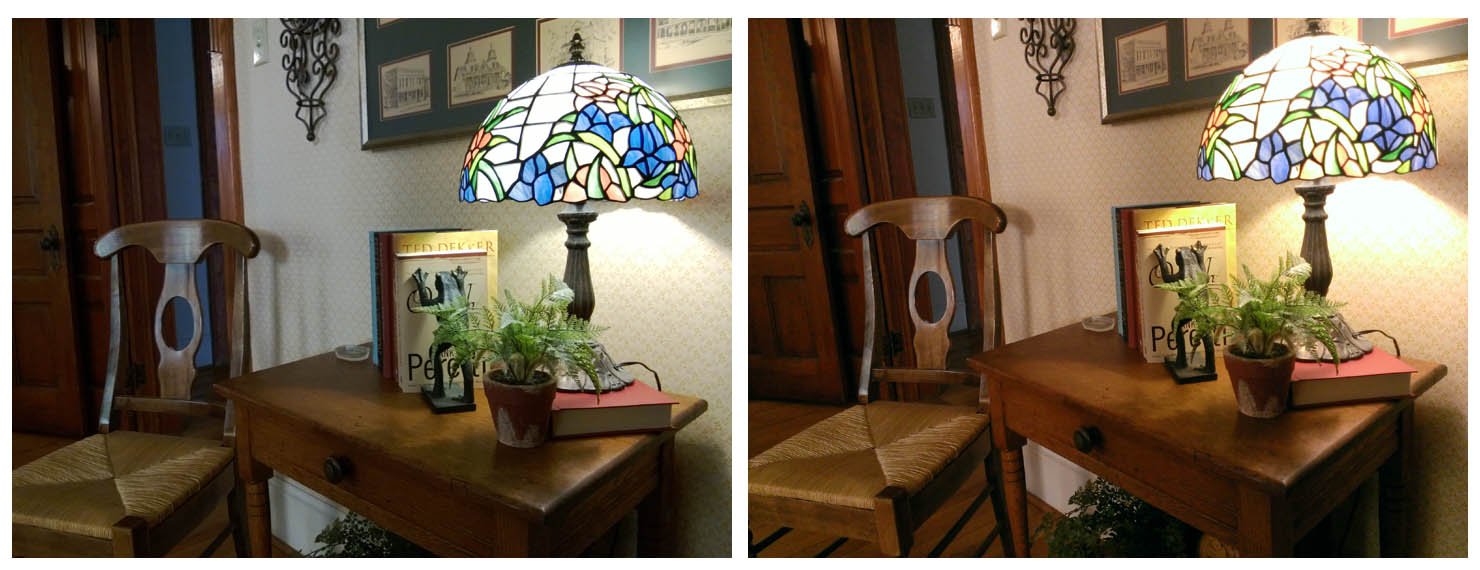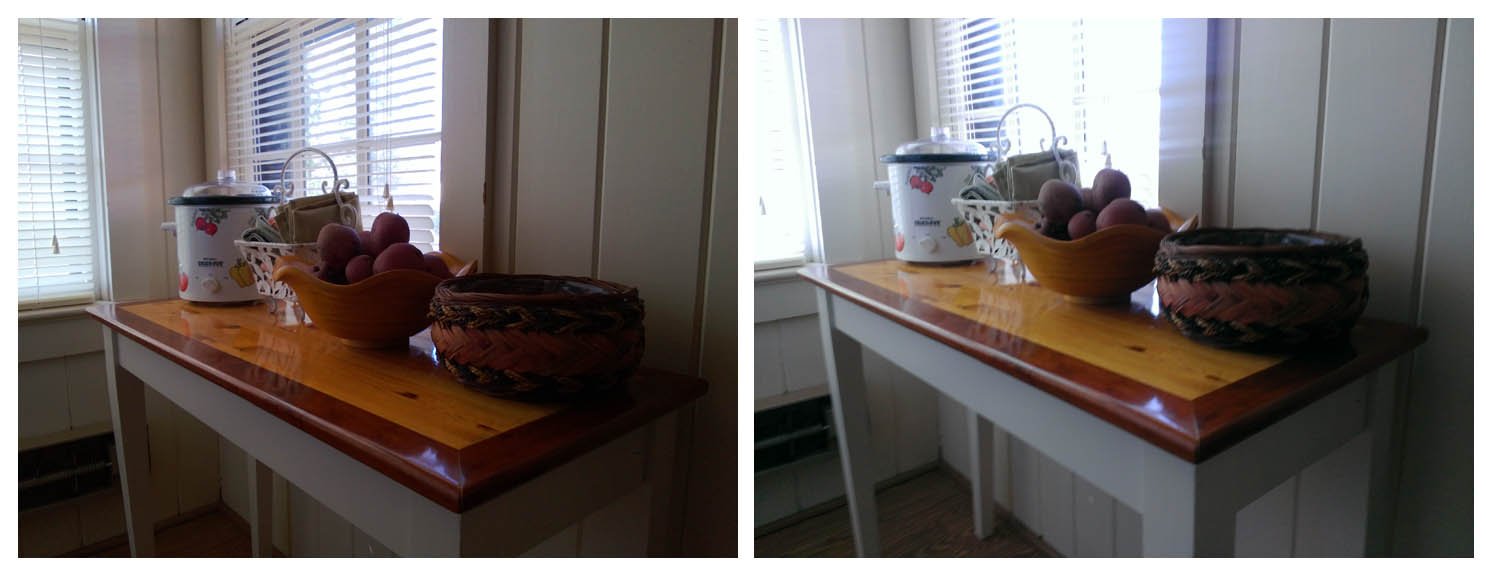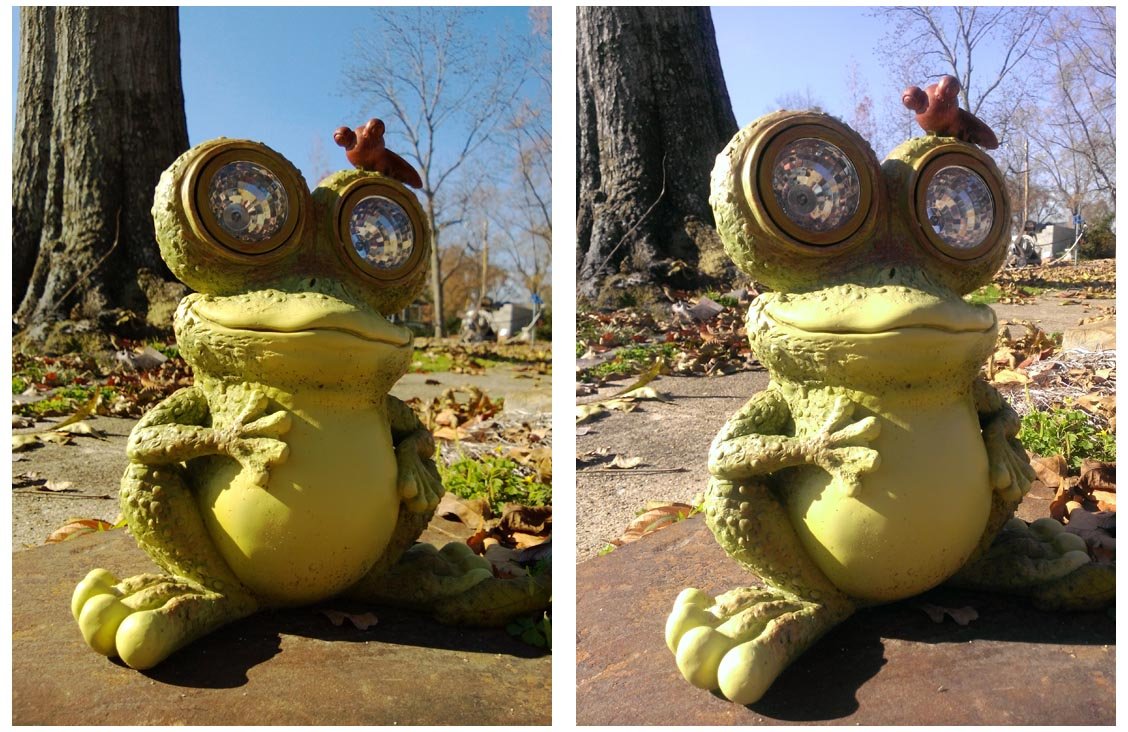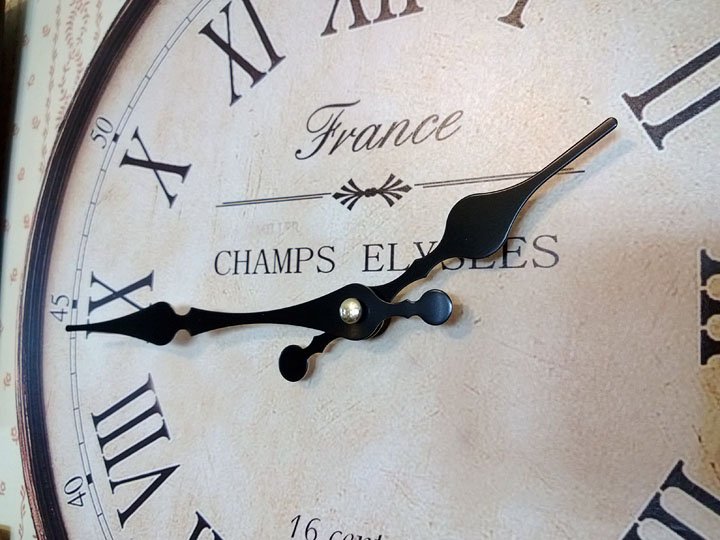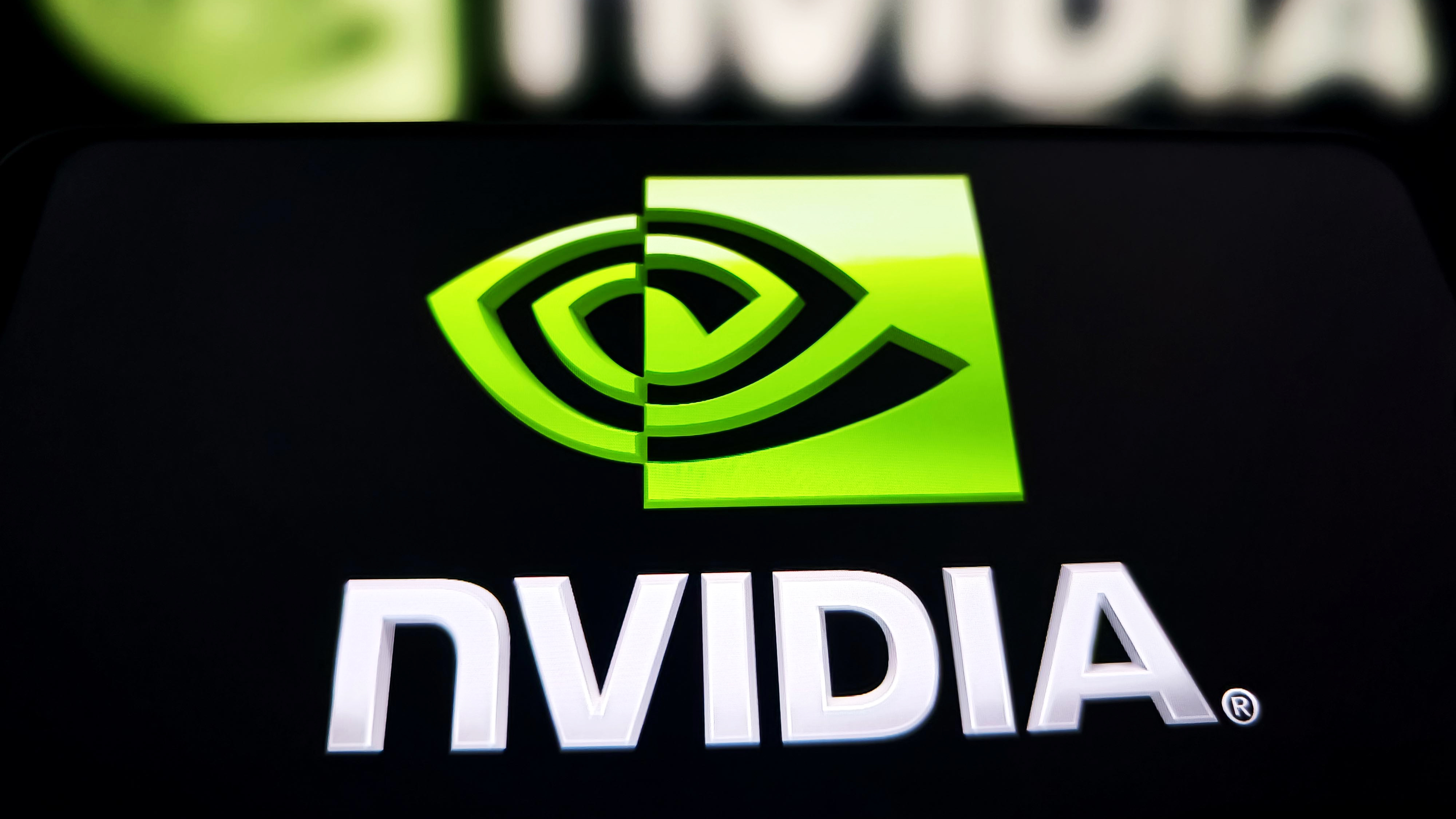Windows Phone Camera Faceoff: Nokia Lumia 920 vs. HTC 8X

The latest crop of Windows Phones, the Nokia Lumia 920 and HTC 8X, bring together some of the latest technology with their cameras. Windows Phone cameras have progressed nicely through the years. We've seen new sensor technology to improve low-light performance, better software enhancements, and new stabilization mechanics come into play.
While the Nokia Lumia 920's Pureview camera has garnered a good bit of the Windows Phone 8 spotlight, the HTC 8X's camera has been lurking in the shadows. The 8X has a capable camera within its own right but how does it compare to the Lumia 920's heavy weight camera?
Let's look at the specs of both cameras.
- The Lumia 920 has a 8.7mp BSI sensor with optical stabilization. The Lumia 920 is fitted with a Carl Zeiss 26mm f2.0 lens.
- The HTC 8X has a 8mp BSI sensor without any stabilization. The 8X has a 28mm f2.0 lens. The HTC 8X also has a dedicated imaging chip that gives the 8X a smidgen more speed in acquiring focus, capturing the image and processing it. I can see this being a significant advantage as imaging chips develop but for now, the 8X is maybe a blink quicker than the Lumia 920.
Where Nokia has rather limited settings and relies on the Pureview processing algorithms, the HTC gives you control over effects filters (grayscale, negative, sepia, solarize), resolution (VGA to 8MP), white balance, exposure compensation, contracts, saturation, sharpness, ISO and face detection (on/off). It's a nice selection of controls and if you don't like messing with a cameras settings, each has an "auto" setting.
Nokia Lumia 920 (left) and HTC 8X (right) Indoor Low-Light Photo Sample
The key feature that separates these two cameras is optical stabilization. While the BSI sensor combined with the fast f2.0 lens (lets more light through the lens) gives the 8X nice low light performance, without stabilization motion blur becomes a concern. The slower the shutter speed, the more slight motions (breathing, finger twitch, shuffle of the feet, etc) will blur your subject.
Nokia Lumia 920 (left) and HTC 8X (right) Night Photo Samples
All the latest news, reviews, and guides for Windows and Xbox diehards.
The Lumia 920 has optical stabilization that keeps the camera sensor steady when such slight movements occur. This helps reduce (if not eliminate) motion blur when you use slower shutter speeds. For low light pictures, the Lumia 920 gets the nod. While the night photos from the 8X weren't bad at all, the Lumia 920 pulled in more light giving way to more detail in the images. Opened up more of the shadows if you will.
Nokia Lumia 920 (left) and HTC 8X (right) Night Photo Sample
But what about photos taken where lighting isn't such a concern? Well... this is where the comparison of these two cameras gets interesting.
Images were taken at full resolution, at default settings and the Lumia 920's aspect ratio was set to 4:3 to be consistent with the 8X's aspect ratio. The only editing performed on the images was resizing for publication purposes. No sharpening, color adjustments, exposure or other adjustments were made (except for the last four images that I made a few minor adjustments to).
Nokia Lumia 920 (left) and HTC 8X (right) Outdoor Photo Samples
With outdoor images, I found the 8X have colors that were a little cooler than the Lumia 920. The Lumia 920's colors were warmer and more representative of the subject.
With indoor images it was the Lumia 920's turn to have cooler colors. Similar to the comparison with the HTC Titan II, the Lumia 920 created a slight blue color cast with indoor images. The HTC 8X on the other had had the warmer tones indoors. However, when the indoor lighting was more natural, the Lumia 920 regained it's warmth while the 8X turned a little cooler.
Nokia Lumia 920 (left) and HTC 8X (right) Indoor Photo Samples
Can't really knock either camera on the color tones or color cast. It isn't an issue uncommon to digital cameras. The auto white balance on the Lumia 920 leans more towards natural lighting while the 8X leans towards artificial lighting. Luckily, the differences aren't major and if inclined, easily corrected in the cameras settings or with editing software.
Nokia Lumia 920 (left) and HTC 8X (right) Outdoor Photo Sample
As far as sharpness is concerned, the 8X gets a slight edge over the Lumia 920. It may be minor and I don't mean to be overly critical, but I still see a slight softness to the Lumia 920. The softness isn't enough cause panic in the streets and many won't pick up on it. Still, I think the Lumia 920's camera's performance would improve if Nokia bumped the sharpness setting just a tad.
Nokia Lumia 920 (left) and HTC 8X (right) Outdoor Photo Sample
So which is better? Tough call. Collectively, I've taken over five hundred photos with the Lumia 920 and HTC 8X. The results I found in this comparison are consistent with the other photos that have been posted in other reviews/comparisons or that are sitting on the cutting room floor.
While both cameras performed well and captured quality images, I still have to give the edge to the Lumia 920 because of the optical stabilization. The color cast, sharpness and exposure issues can be adjusted either by editing software or tweaking the camera settings. Motion blur can't and that's where the benefit of optical stabilization becomes key.
The decision on which Windows Phone to purchase goes beyond the camera. With the 8X and Lumia 920 you have design differences, color choices, screen sizes, and manufacturer support to consider. The nice thing about the 8X and Lumia 920 is that whichever way you go, you'll be pleased with the camera's performance.
Nokia Lumia 920 (left) and HTC 8X (right) Night Photo Sample
Nokia Lumia 920 (left) and HTC 8X (right) Outdoor Photo Sample
Nokia Lumia 920 (left) and HTC 8X (right) Indoor Photo Sample
Nokia Lumia 920 Indoor Photo Sample (edited)
HTC 8X Outdoor Photo Sample (edited)
Nokia Lumia 920 Outdoor Sample (edited)
HTC 8X Indoor Sample (edited)

George is a former Reviews Editor at Windows Central, concentrating on Windows 10 PC and Mobile apps. He's been a supporter of the platform since the days of Windows CE and uses his current Windows 10 Mobile phone daily to keep up with life and enjoy a game during downtime.



